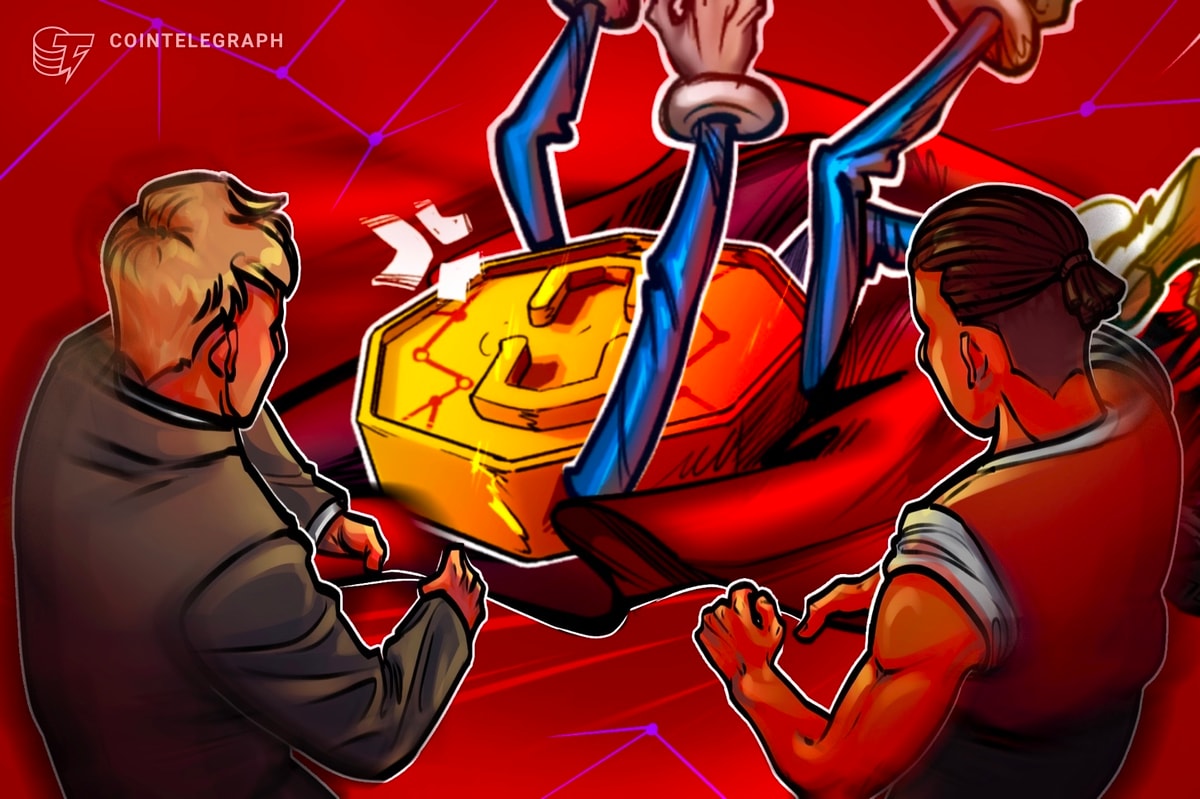What is the Metaverse?
The Metaverse is a virtual environment where people can carry out various tasks.
The term “metaverse” was a term originally coined by science fiction writer Neal Stephenson in his influential 1992 novel Snow Crash to represent a virtual reality environment connected through the internet and accessible from any device such as a computer or smartphone with an internet connection.
Today’s Metaverse isn’t too far off from Stephenson’s version. Although not yet fully existent, you could think of the Metaverse as a patchwork of online virtual worlds that exist online. People can do various things on the Metaverse such as own virtual real estate, play games, work and meet other people.
For kids, this means endless opportunities for socializing, learning new skills and exploring their interests. Minecraft, for example, is already being used in learning environments to expose children to different cultures through the Metaverse.
Kids can truly benefit from the Metaverse, whether they are playing online games with friends or taking virtual classes through educational platforms. However, there are also some potential downsides to this new technology such as cyberbullying and exposure to inappropriate content. Ultimately, it will be up to parents and educators to help kids navigate the Metaverse in a safe and productive way.
What might the Metaverse mean for kids?
Early research shows that experts aren’t too optimistic about how the Metaverse will affect children.
Citing the negative effects of social media, such as depression, self-harm and a slew of other mental health issues, experts note that the Metaverse might be even worse.
However, it’s worth noting that the issue isn’t with the Metaverse itself. As mentioned, the Metaverse can present great opportunities for learning, especially in today’s digital-first culture. Games and virtual reality (VR) are actually great for mental health if used properly, according to research done by the University of Southern California on empathy-building games.
The problem is that the companies that banked heavily on an entire generation’s insecurities via social media are the same companies at the forefront of development on the Metaverse.
The concern is that the Metaverse might just exacerbate the problems that social media created, especially pertaining to the mental health of young individuals. For instance, virtual environments create loneliness and the participants are exposed to dangerous content that’s related to suicidality.
Advantages and Disadvantages of the Metaverse for kids
Advantages
The Metaverse has many advantages for kids, especially from an education perspective.
With the help of such technology, learners can grasp abstract concepts easily in a more engaging way. The Metaverse also offers almost actual, hands-on experience that can be very beneficial for children and help them to better understand the world around them and how things work.
In addition, the Metaverse can improve social skills in children. Social media has often been blamed for the rise in loneliness and depression among kids. On the other hand, the Metaverse has the potential to provide a safe and controlled environment for kids to interact with their peers and make new friends. Furthermore, it has the potential to encourage creativity and develop social intelligence in kids.
Lastly, it’s fun. It can be a great way for parents to bond with their kids and teach them various skills and knowledge in a less stressful environment. As long as parents are aware of the potential dangers and take the necessary measures to keep their kids safe, the Metaverse can be a great place for kids to explore and learn.
Disadvantages
The Metaverse also poses some potential risks for children such as cyberbullying and a lack of privacy.
Cyberbullying is a serious concern, as kids can be targeted and harassed by anonymous users. In addition, there is also the risk of children being exposed to inappropriate content, such as violence, sexual content and hate speech.
Moreover, some experts are also concerned that the Metaverse can be addictive for kids. Given its highly immersive and engaging nature, it could be difficult for kids to manage their time and limit their use of the Metaverse.
Privacy may yet be another issue on the Metaverse. And, when kids are concerned, it’s even more important to be aware of such risks. As kids use the Metaverse, they may inadvertently share personal information such as their home address or other personal details.
In addition to the physiological risks, the physical risks of the Metaverse are also something to consider. Heavy use of VR headsets may lead to symptoms like dizziness, nausea and headaches. And, while these effects are usually temporary, they can still be quite discomforting.
Related: Augmented reality vs. virtual reality: Key differences
Lastly, access inequality is a major concern when it comes to the Metaverse. Not every child will have access to the internet or a VR headset. And, without such access, they may be at a disadvantage, both educationally and socially.
How to protect kids and teens in the Metaverse
Protecting young individuals is a shared responsibility. Therefore, parents must closely monitor their children’s activities in the Metaverse.
As with anything else, the Metaverse has its advantages and disadvantages. As a parent, being aware of these risks and taking measures to protect your children from them is paramount. To start with, closely monitor your child’s online activity. Restrict their access to potentially harmful content and keep a close watch on what they see and do in the Metaverse.
You should also set clear rules and guidelines for using the Metaverse and reinforce these rules so your kids are more likely to follow them. This helps create a safer environment for all users, especially children.
In addition, provide your kids with guidance regarding appropriate behavior when interacting with others online. Emphasize the importance of being respectful and considerate of others, even if they are strangers.
Finally, remember that the Metaverse is just one part of your child’s life. It’s important to encourage them to balance their time between the virtual and real worlds. They should still spend time outside, interacting with people face-to-face and engaging in other activities.
Manufacturers and tech companies must also do their part in protecting children. Although it might be a pipe dream to expect big companies to have the same moral compass as parents, we can at least hope that they’ll be more diligent in moderating content and policing bad behavior. After all, it’s in their best interest to protect the user base that keeps them afloat.
For starters, VR devices and metaverse systems should be designed with children’s comfort and well-being in mind. They should be encouraged to report abusive or inappropriate behavior. There should also be clear mechanisms in place for dealing with these reports. Moreover, online safety measures such as antivirus software, password protection and encryption should also be built into VR devices and metaverse platforms.
Overall, protecting children from the risks of the Metaverse is a shared responsibility. Parents must do their part in navigating this new digital world alongside their kids. But, technology companies should also work toward making the Metaverse a safer place for young users by implementing safeguards against common threats like cyberbullying and inappropriate content exposure.











